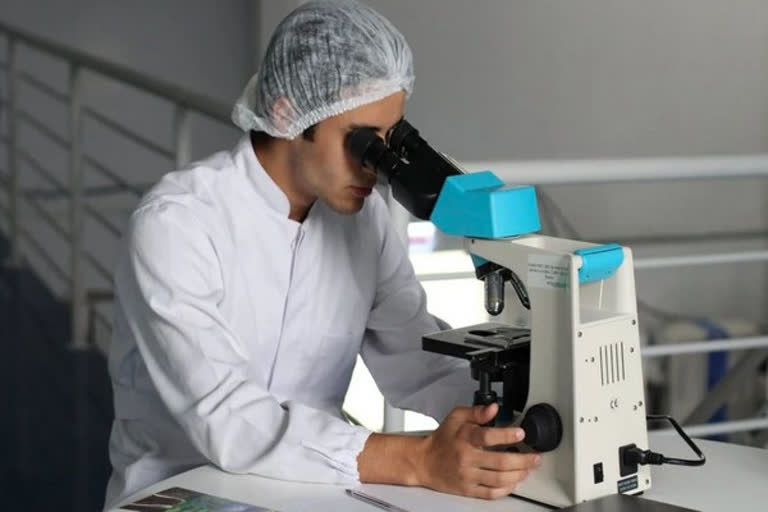Washington [US]: Researchers have long been working on how to treat obesity, a serious condition that can lead to hypertension, diabetes, chronic inflammation, and cardiovascular diseases. Studies have also revealed a strong correlation between obesity and cancer, recent data show that smoking, drinking alcohol, and obesity are the biggest contributors to cancer worldwide.
The development of fat cells, which are produced from a tiny fibroblast-like progenitor, not only activates the fat cells' specific genes but also grows them by storing more lipids (adipocytes and adipose tissue). In fact, lipid storage is the defining function of a fat cell. But the storage of too much lipid can make fat cells unhealthy and lead to obesity.
The ability to target fat cells and safely uncouple unhealthy fat formation from healthy fat metabolism would be the answer to many peoples' prayers. A major challenge in obesity treatment is that fat tissue, which is not continuous in the body but is found piece by piece in "depots," has been difficult to target in a depot-specific manner, pinpointed at the exact location.
There are two main kinds of fat: visceral fat, internal tissues that surround the stomach, liver, and intestines, and subcutaneous fat, found under the skin anywhere in the body. Visceral fat produces potbellies; subcutaneous fat can create chin jowls, arm fat, etc. To date, there has been no way to specifically treat visceral adipose tissue. And current treatments for subcutaneous fat like liposuction are invasive and destructive.
Also read: Scientists discover new material that helps diabetic wounds heal quickly
Two new studies from researchers at Columbia Engineering and Columbia University Irving Medical Center (CUIMC) may have the answer to targeting fat cells depot-specifically and healthily. The papers demonstrate a new method to treat obesity by using cationic nanomaterials that can target specific areas of fat and inhibit the unhealthy storage of enlarged fat cells. The materials remodel fat rather than destroying it, as, for example, liposuction does. The first paper, published today by Nature Nanotechnology, focuses on visceral adiposity, or belly fat. The second paper, published online November 28 by Biomaterials, focuses on fat underneath the skin as well as chronic inflammation associated with obesity.
The team of researchers, led by Li Qiang, associate professor of pathology and cell biology at CUIMC, and Kam Leong, Samuel Y. Sheng Professor of Biomedical Engineeringand of systems biology at CUIMC, recognized that adipose tissue contains large amounts of negatively charged extracellular matrix (ECM) to hold fat cells. They thought that this negatively charged ECM network might provide a highway system of sorts for positively charged molecules. So they took a positively charged nanomaterial, PAMAM generation 3 (P-G3), and injected it into obese mice. The P-G3 quickly spread throughout the tissue and the team was excited that their method to specifically target visceral fat worked. (ANI)
(This story has not been edited by ETV Bharat and is auto-generated from a syndicated feed.)



